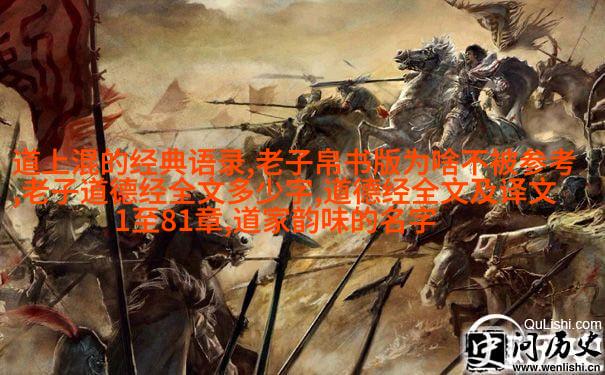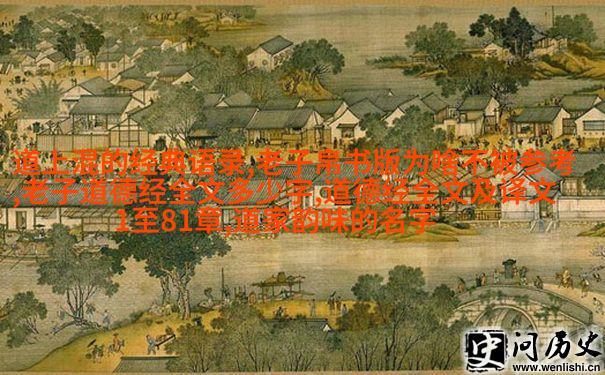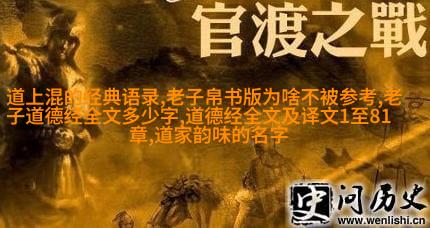我说如来到底来没来:探索掠剩神信仰与正统宗教的交汇点及其对信仰传播的深远影响

掠剩神信仰,源远流长,其传播之路曲折复杂。本文将以此神灵为例,探讨民间神灵信仰与正统宗教之间的互动,以及这种互动如何影响了信仰的传播。我们将回顾掠剩神从唐代志怪故事中的起源,到宋代成为一门独立的宗教实践,再到道教中被纳入其神谱,这一过程中,它与雷法、雷声普化天尊等概念紧密相连。
在唐代牛僧孺《玄怪录》中,我们首次见识到了掠剩使这一角色,他负责在阴司处理人间遗留下的财富。随着时间推移,这个角色逐渐演变成一个独立的人格化存在,并且开始接受人们的祈愿和祭拜。在宋代,掠剩神不仅出现在文学作品和民间故事中,而且也被记录在官方文献中,如徐铉《稽神录》和何薳《春渚纪闻》。

掠剩神信仰之所以能够广泛传播,不仅因为它解决了人们对于命运和财富命定的疑惑,还因为它提供了一种新的方式来理解世界。这股力量吸引了许多人的关注,使得这个小小的民间宗教实践迅速扩展至士庶社会。
然而,与此同时,我们也看到了道教对掠剩神的一种“改造”。随着道教在宋代的发展,它们开始吸收并融合各种地方性的宗教实践,其中包括了掠剩神。在道家的体系内,掠remaining godssignified as the "Apportioner of Wealth" and was responsible for distributing wealth to those who had passed away. This integration allowed the belief in the God of Plunder to spread further, as it became a part of a larger religious system.

The God of Plunder's journey from a minor character in Tang dynasty stories to a full-fledged deity in Song dynasty religion is an interesting one. It shows how beliefs can evolve and change over time, influenced by various factors such as cultural exchange and religious syncretism. The story of the God of Plunder serves as an example for understanding how religious ideas are transmitted, adapted, and transformed within different social contexts.
In conclusion, this paper explores the relationship between folk religions like that of the God of Plunder and mainstream religions during their transmission process. By examining how these two systems interact with each other through historical narratives like that of the God's transformation from a mere character to a fully fledged deity, we gain insights into not only how beliefs change but also what drives their persistence across time

